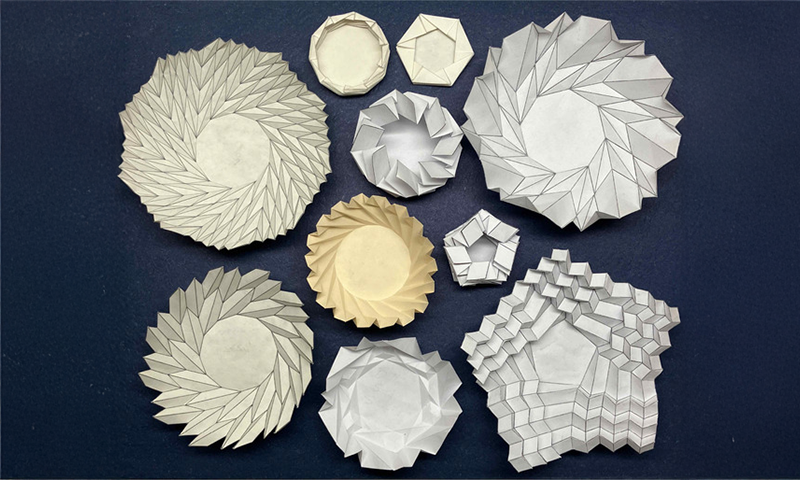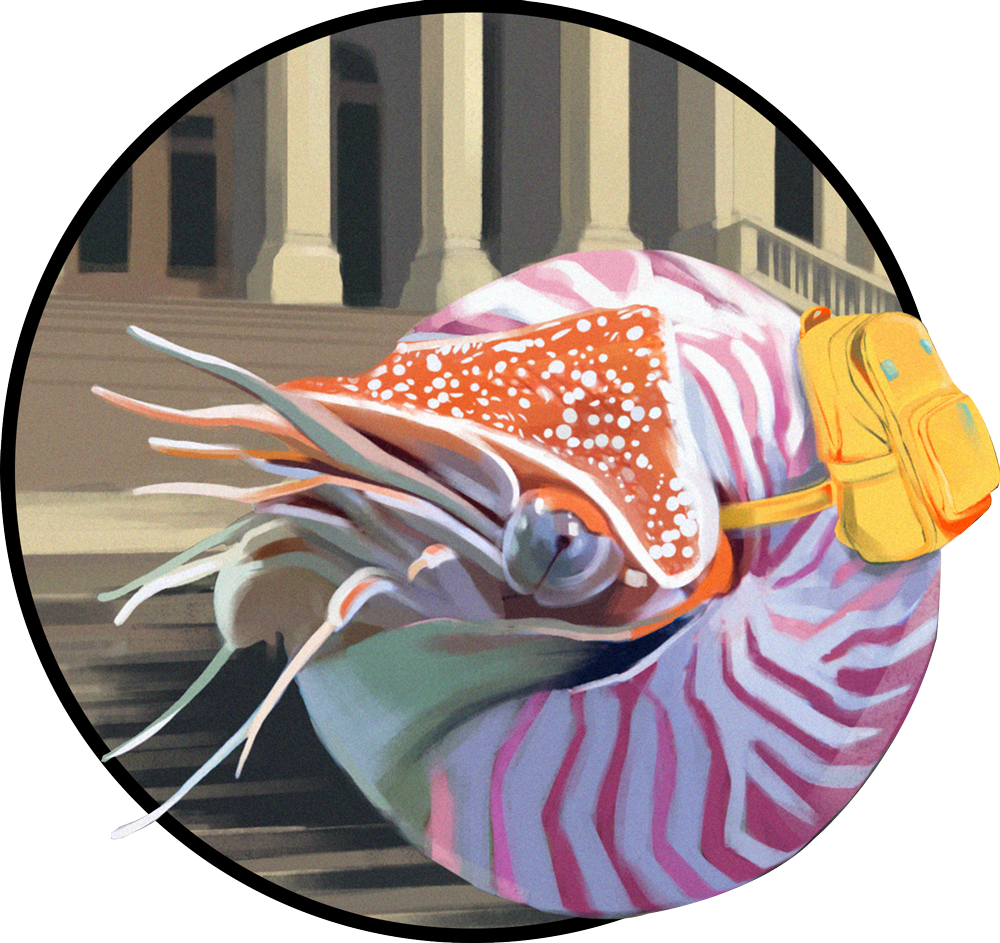Now Reading: Origami Fit for the Cosmos
-
01
Origami Fit for the Cosmos
Origami Fit for the Cosmos

The full Nautilus archive
•
eBooks & Special Editions
•
Ad-free reading
- The full Nautilus archive
- eBooks & Special Editions
- Ad-free reading

These enchanting origami figures aren’t just pieces of art—they could help scientists fit more critical equipment on trips through the cosmos.
The intricate folding patterns seen in this image emerged from creative crafting by Zhongyuan Wang, an undergraduate student at Brigham Young University in Utah. Wang has been interested in origami since he was a child, he told The New York Times, and his experiments over the years led to what’s now recognized as a new, flower-like family of origami techniques—called bloom patterns, these intricately folded shapes can be pressed flat and unfurled to create a central cavity.
Wang chose to attend BYU in large part due to the work of Larry Howell, a professor of mechanical engineering who has long researched origami-inspired designs for use in space missions. When Wang showed his bloom patterns to Howell, he hadn’t encountered anything like them. Howell and physicist-turned-origami artist Robert J. Lang fit bloom patterns to a mathematical framework and highlighted a broader group of shapes with similar features, as reported in a recent Proceedings of the Royal Society A paper.

These designs are particularly handy for space missions because they can be made from a single, flat sheet which can then significantly swell in size—feats not possible with other origami patterns. Bloom patterns are constructed by making crease patterns, or wedges, around a polygon—sort of like the blades of a camera’s aperture. These wedges can be easily smushed flat when needed, and combining these creases makes the object larger. This could provide shape-shifting, space-saving storage compartments to store mission critical tools aboard spacecraft. And critically for space missions, bloom patterns tend to fold and unfold pretty dependably—an origami mishap could spell disaster in the cosmos.
This isn’t the first time origami has been harnessed to efficiently stow space tools. In 1995, Japan launched a satellite that incorporated a specially designed origami technique called the Miura fold to store and deploy a solar panel. More recently, Howell’s team at BYU has used origami to create a foldable antenna and telescope for spacecraft—tools envisioned for use by NASA and the United States Air Force. Now, bloom patterns could be helpful for similar space storage, along with items such as sun shields for telescopes and containers for fluids.
Bloom patterns might also prove helpful back here on Earth: They could be used to assemble temporary shelters, or to build robots that can grow and shrink to suit various tasks. ![]()
Lead image: Brigham Young University
-
Molly Glick
Posted on
Molly Glick is the newsletter editor of Nautilus.

























